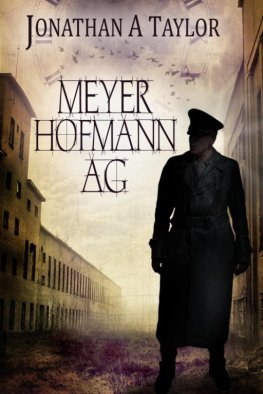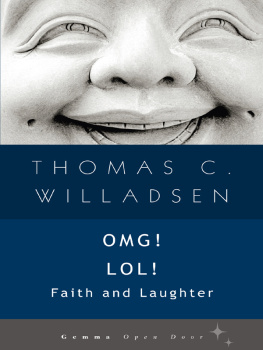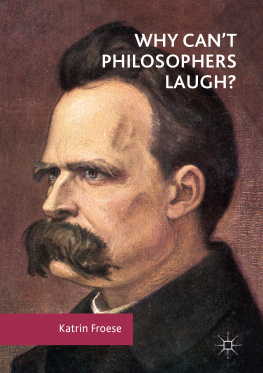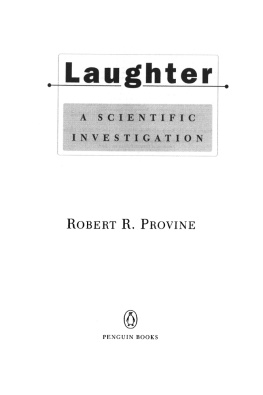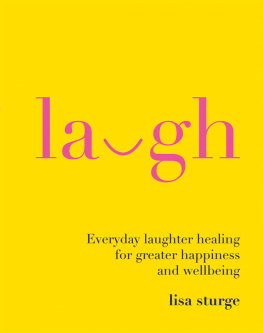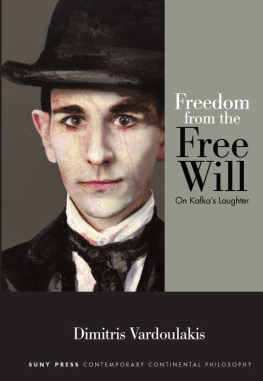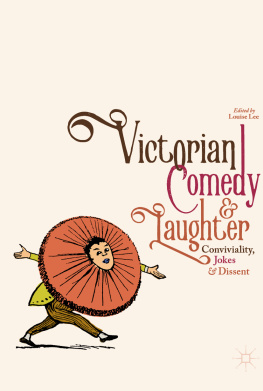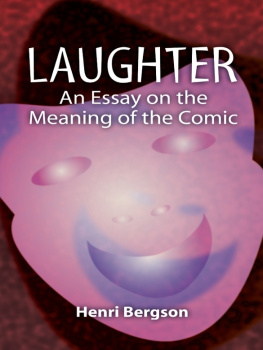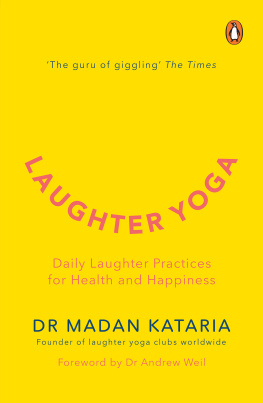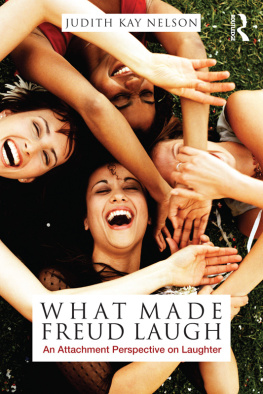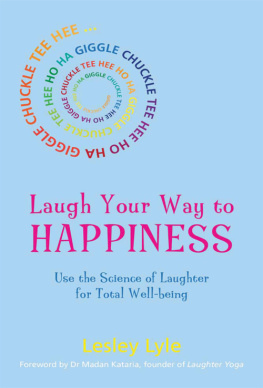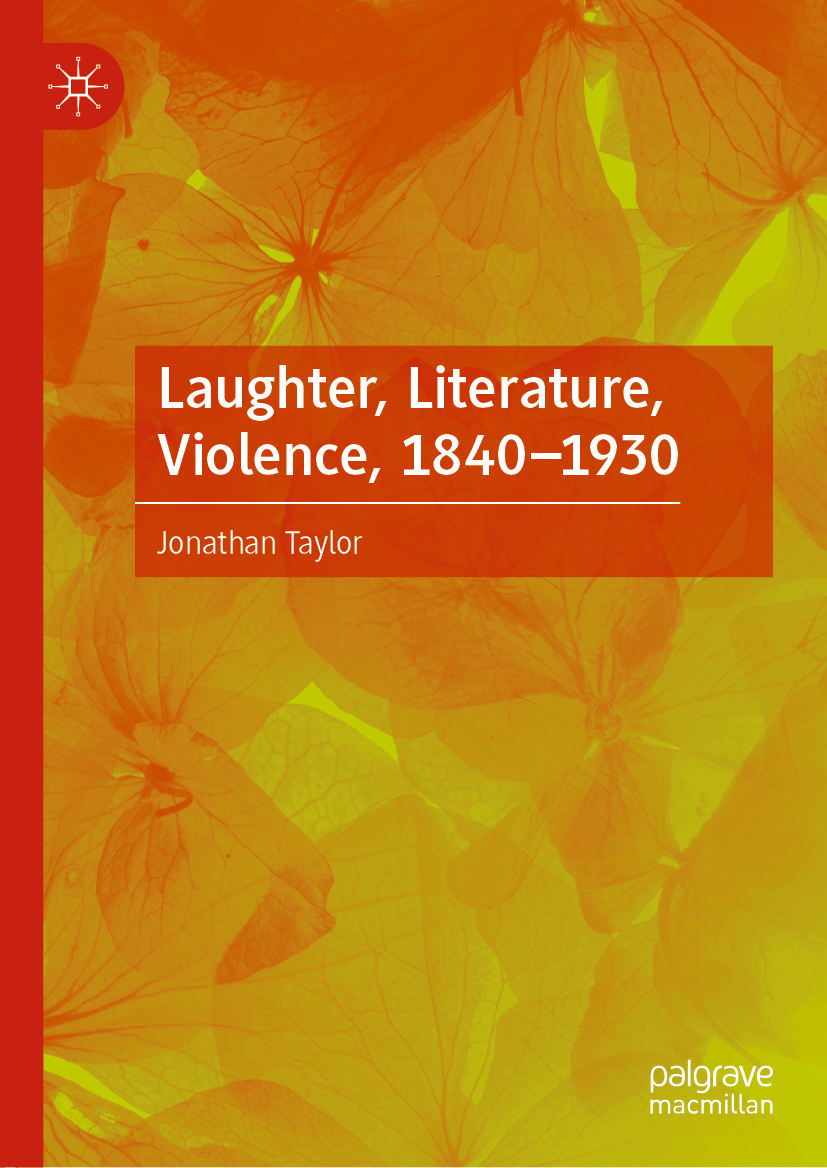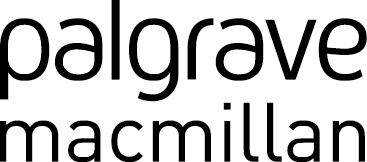In
MyAutobiography (1964), Charles Chaplin recalls an incident from his childhood which, he claims, had a formative influence on his view of the comic:
At the end of our street was a slaughter-house, and sheep would pass our house on their way to be butchered. I remember one escaped and ran down the street to the amusement of the onlookers. Some tried to grab it and others tripped over themselves. I had giggled with delight at its lambent capering and panic, it seemed so comic. But when it was caught and carried back into the slaughter-house, the reality of the tragedy came over me and I ran indoors, screaming and weeping to Mother: Theyre going to kill it! . That stark, spring afternoon and that comedy chase stayed with me for days; and I wonder if that episode did not establish the premise of my future films the combination of the tragic and the comic.
The incident also establishes, in compressed form, many of the premises and concerns of this bookincluding the ambivalent relationships between violence , slaughter and laughter , between conflicting emotions, between laughing humans and animals , between memory, memoir and storytelling, between the tragic and the comic. Comedy , in Chaplins memoir, seems able to hold in balance or even combine apparent opposites.
Credo: like Chaplin, I believe that comedy is (almost) never pure, never just itself; it is (almost) always a compound, a hybrid of apparently discordant elements. Many theorists of comedy have said something similar. In Concluding Unscientific Postscript (1846), Sren Kierkegaard declares that the tragic and the comic are the same; in Stages on Lifes Way (1845), he claims that only by the most profound suffering does one gain real competence in the comic. Though speaking specifically of Beur humour in France, Abdel-Jaouads claim has, I think, wider implications.
The claim that humour and comedy are hybrid genres or, at least, hybrid modesis central to the current work. Throughout this book, comedy is viewed in relation to other literary modes, forms, genres, subgenres and generic traits. Chapter concludes the book by looking at some of the ways Katherine Mansfields apparently serious short stories stage different types of laughter and jokes .
The works which form the core case studies and starting points in these chaptersPoes Hop-Frog, Gosses Father and Son, Lewiss The Wild Body, Mansfields Miss Brill (1920), along with some of her other storiesare themselves all representative of hybrid forms and genres. Hop-Frog is not only a comedy-horror it also mingles American storytelling traditions with a kind of Rabelaisian grotesque ; Father and Son helps to establish a model of twentieth- and twenty-first-century English memoir , which mingles not only comedy with tragedy , but also autobiography with biography , personal history with social history, non-fiction with fictional techniques; Lewiss short stories mingle philosophy with storytelling, violence with laughter , the language of war with that of humour ; Mansfields tragicomic stories stage both laughter and tears and also, I argue, explore the relationship between the story form and the joke.
Many critics have noted the short story, as it comes down to us from the Modernists, is a hybrid form
This moment of reversal or incongruity in a story is analogous to a jokes punchline; the jokeas many theorists have claimedoften depends on a reversal and, in particular, an instance of incongruity. The so-called incongruity theory of the joke has a long philosophical lineage, which includes Francis Hutcheson , Immanuel Kant , Jean Paul Richter , Arthur Schopenhauer , James Beattie and Herbert Spencer . In his essay On the Physiology of Laughter (1860), Spencer argues that laughter results from a perception of incongruity , because consciousness is unawares transferred from great things to small when there is what we call a


